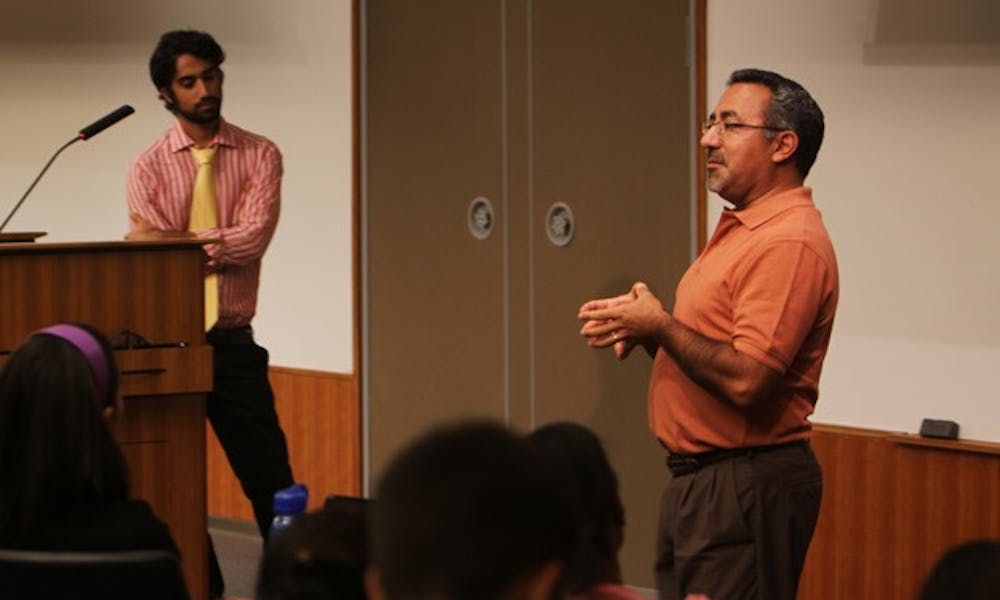Although some students question the future success of the house model, administrators believe it will inspire camaraderie.
Upon transition to the house model in Fall 2012, residential life at Duke is making major shifts—including the introduction of 75 individual houses across West and Central campuses and the reduction of block sizes from 12 to six students, said Joe Gonzalez, associate dean for residence life, before the Duke Student Government Senate at its meeting Wednesday night.
Forty-three houses will belong to selective living groups, including fraternities and other groups, Gonzalez said, noting that the current number of groups who have residential sections is 26.
The remaining houses in the model will be unaffiliated. Independent students and students who choose to block will be randomly assigned to any non-selective house, Gonzalez said, adding that students will have the right to remain in the same house for their last three years under a right-of-return policy. Each house will have residents representing the sophomore through senior class, a decision Gonzalez said was healthy and necessary to foster a true sense of house community.
The distinction between an unaffiliated house and selective house will be minimal, Gonzalez said, adding that independent houses will be able to host parties.
“One of my dreams for this house model is that 10 years from now when alumni meet each other, they will ask [about each other’s house while they were upperclassmen],” Gonzalez said.
He added that students will not necessarily be restricted to only living in one house for three years.
“People aren’t going to be handcuffed to their house,” Gonzalez said. “If they want to move to another house there will be a process to facilitate that.”
The hope is that the new system will create a positive experience that students will not want to leave, he said, adding that the addition of paint colors and signs to designate houses from each other will create a strong community among the students in a given house.
Vice President for Student Life Ebonie Simpson, a senior, asked Gonzalez if he had considered disabled students when developing the house model.
Gonzalez said dealing with disabled students will be a challenge because not all houses will be equally accessible, but noted that the issue is on the administration’s radar.
Senator for Student Life Caroline Hall, a sophomore, said she questioned that the house model could succeed, given that the University operated under a house model until 2002 when it switched to the current quadrangle model.
Gonzalez said the shift from the house model to quadrangle model years ago was mainly the result of how to best integrate an all-freshman East Campus into the residential system. He noted that more thought has been put into this transition now in order to give students the resources they need to be comfortable with this new model.
In other business:
DSG President Pete Schork, a senior, said that the first Football Gameday had mixed reviews, noting that some students did not respond well to the transition from Tailgate to the new event. Schork said the event has moved to the Main West Quadrangle, and will hopefully offer free food and potentially free alcohol for those of age—though the timeline for that is unclear. Plans for future Football Gamedays are not yet set in stone, Schork said, adding that there will not be drastic changes for Homecoming.
Get The Chronicle straight to your inbox
Signup for our weekly newsletter. Cancel at any time.

